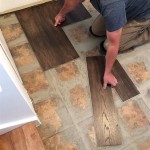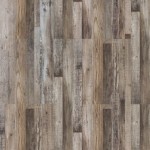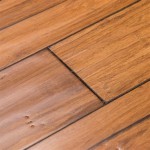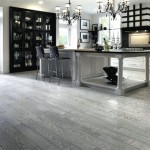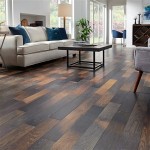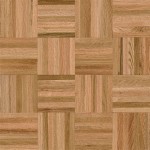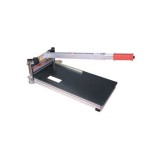What Is The Best Quality Engineered Wood Flooring?
Engineered wood flooring offers a highly durable and aesthetically pleasing alternative to solid hardwood. With advancements in manufacturing techniques, engineered wood flooring has become a popular choice for homeowners seeking the beauty of real wood with enhanced stability and moisture resistance. However, the question of "best quality" can be subjective and depends on individual preferences and project requirements. This article will explore the key factors that contribute to high-quality engineered wood flooring and provide insights into making informed decisions.
Core Construction and Plywood Quality
The core of engineered wood flooring plays a crucial role in determining its stability and longevity. High-quality engineered wood flooring features a core constructed from multiple layers of plywood or other engineered wood products. The number of layers and the quality of the plywood used contribute significantly to its durability and resistance to warping and cupping. Plywood with higher veneer counts and tighter grain patterns generally indicates better quality and higher stability.
The core construction should offer a stable platform for the wear layer, which is the top layer that provides the visible surface of the flooring. A well-constructed core will minimize movement and ensure that the wear layer remains flat and free from distortions over time. It is important to note that the specific core construction can vary depending on the manufacturer and the intended application of the flooring. Some manufacturers may use a combination of plywood and other engineered wood products, while others might rely solely on plywood.
Wear Layer Thickness and Wood Species
The wear layer is the thin veneer of hardwood that is bonded to the core. It determines the appearance, durability, and refinishable qualities of the flooring. A thicker wear layer offers greater protection against scratches, dents, and wear, allowing for multiple refinishes over the lifetime of the flooring. The wood species used for the wear layer also influences its durability and aesthetic qualities.
Hardwood species with a higher Janka hardness rating are generally more resistant to scratches and dents. Popular choices for wear layers include oak, maple, hickory, and walnut, each offering unique grain patterns and color variations. Softer wood species, such as cherry or pine, may be more susceptible to damage but offer a different aesthetic appeal. The thickness and species of the wear layer should be chosen based on the expected foot traffic and desired level of durability.
Manufacturing Processes and Quality Control
The manufacturing processes and quality control measures employed by the manufacturer significantly influence the overall quality of engineered wood flooring. Reputable manufacturers use advanced technologies and rigorous quality control checks to ensure that their products meet or exceed industry standards. This includes inspecting the raw materials, controlling the manufacturing environment, and conducting thorough testing at various stages of production.
Look for engineered wood flooring from manufacturers that have a long history in the industry and a reputation for producing high-quality products. Consider factors such as certifications, warranties, and customer reviews to assess the manufacturer's commitment to quality. Well-established manufacturers often provide extensive warranties that cover defects in materials and workmanship, indicating their confidence in the durability and performance of their flooring.
Installation and Maintenance
While the quality of the engineered wood flooring itself is crucial, proper installation and maintenance practices are also essential for preserving its beauty and longevity. Engaging experienced and qualified flooring installers is essential to ensure correct installation techniques and adherence to manufacturer's recommendations. Proper subfloor preparation and moisture control are crucial to minimize potential problems later on.
Regular maintenance, such as sweeping, vacuuming, and occasional mopping, is vital to keep the flooring clean and prevent dirt and debris from accumulating. Avoid using harsh chemicals or abrasive cleaners that can damage the finish. Following manufacturers' guidelines for cleaning and maintenance will help to preserve the appearance and performance of the engineered wood flooring for many years to come.

10 Of The Best Engineered Wood Flooring In 2024 And Beyond Blog
Engineered Wood Flooring Floor Decor

Best Engineered Wood Flooring For Your Home The Depot

Ultimate Guide To Choose The Best Engineered Hardwood

Engineered Hardwood Flooring Reviews Best One To Buy

10 Of The Best Engineered Wood Flooring In 2024 And Beyond Blog

Best Wood Look Flooring Options America

The Ultimate Guide To Engineered Hardwood Flooring Precision

Assessing The Quality Of Engineered Hardwood Flooring Cmo

Types Of Hardwood Flooring Carpet One Floor Home
Related Posts

